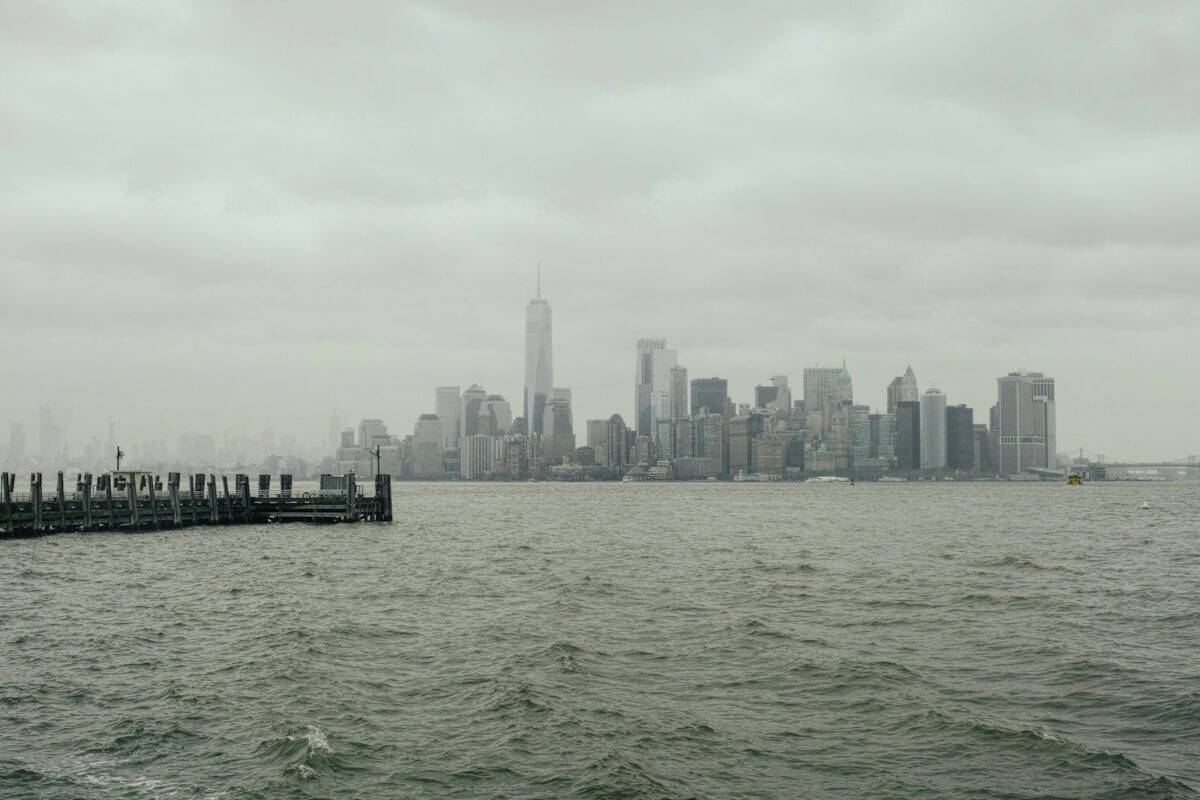When most people think of New York’s waters, they picture busy harbors filled with ferries and cargo ships. But beneath the surface of these seemingly urban waters lies a thriving ecosystem that would surprise even the most seasoned marine biologists. The waters surrounding New York City and Long Island host an incredible diversity of marine life, from ancient sea turtles to colorful tropical fish that have no business being in northern waters. These unexpected discoveries are reshaping our understanding of marine biodiversity in one of America’s most densely populated regions.
The Atlantic Ocean off New York’s coast serves as a major migration corridor for countless species, while the unique geography of the region creates distinct habitats that support both year-round residents and seasonal visitors. Climate change, shifting ocean currents, and conservation efforts have all contributed to some truly remarkable wildlife encounters in recent years. What makes these discoveries even more fascinating is that many of them are happening right under the noses of millions of New Yorkers who have no idea about the marine wonderland just offshore.
Whales Making a Comeback in New York Waters

The return of whales to New York’s coastal waters represents one of the most dramatic conservation success stories of the 21st century. Humpback whales, which were nearly extinct in these waters just decades ago, are now regularly spotted feeding in the nutrient-rich waters off Long Island and Staten Island. Marine biologists have documented over 200 individual humpback whales returning to these feeding grounds each year, with many showing remarkable site fidelity.
Even more surprising is the presence of endangered North Atlantic right whales, with fewer than 400 individuals remaining worldwide. These massive creatures, weighing up to 70 tons, have been increasingly spotted in New York waters during their migrations between feeding and breeding grounds. The whales’ return has created new challenges for ship traffic management, as vessel strikes remain one of the leading causes of whale mortality.
Tropical Fish Invading Northern Waters

Perhaps nothing illustrates the changing nature of New York’s marine environment better than the increasing presence of tropical fish species. Butterfly fish, typically found in Caribbean waters, have been documented as far north as Long Island Sound during the warmer months. These colorful visitors arrive as juveniles carried by the Gulf Stream and can survive in New York waters until temperatures drop in late fall.
Scientists have recorded over 30 species of tropical fish in New York waters that were previously unknown in the region. Black sea bass, once considered a southern species, have now established permanent populations off New York’s coast. The phenomenon has transformed local fish communities and created new opportunities for both recreational and commercial fishing.
Giant Bluefin Tuna Hunting Grounds

The waters off Montauk Point have become legendary among sport fishermen for their giant bluefin tuna populations. These magnificent fish, capable of reaching weights over 1,000 pounds, migrate through New York waters in spectacular numbers during fall months. The tuna follow massive schools of bunker fish and other prey species that concentrate in the area’s productive waters.
What makes these tuna particularly remarkable is their incredible speed and endurance. Atlantic bluefin tuna can reach speeds of 45 mph and maintain body temperatures well above the surrounding water temperature. Recent tagging studies have revealed that individual tuna caught off New York have traveled across the entire Atlantic Ocean, making them some of the most well-traveled fish in the world.
Unexpected Shark Diversity

New York’s waters host an astonishing diversity of shark species that would surprise most residents. Beyond the well-known sand tiger sharks and smooth dogfish, researchers have documented over 25 different shark species in the region. Thresher sharks, with their distinctive long tails, regularly hunt in deeper waters off the continental shelf.
Even more surprising is the occasional presence of warm-water species like sandbar sharks and bull sharks, which have been spotted in the Hudson River and New York Harbor. Great white sharks, once considered extremely rare in New York waters, are now regular visitors during summer months, following seal populations northward along the coast.
Ancient Sea Turtles in Urban Waters

Four species of sea turtles regularly visit New York’s coastal waters, despite being more commonly associated with tropical regions. Loggerhead turtles, some weighing over 300 pounds, are frequently spotted in Long Island Sound and the waters around Staten Island. These ancient mariners follow jellyfish populations and other prey species into the region’s productive waters.
Kemp’s ridley turtles, the world’s most endangered sea turtle species, have been documented in New York waters with increasing frequency. Young turtles often become stranded in the region during cold snaps, leading to dramatic rescue efforts by marine rehabilitation centers. The presence of these critically endangered reptiles highlights the importance of New York’s waters as crucial habitat for threatened species.
Massive Manta Ray Encounters
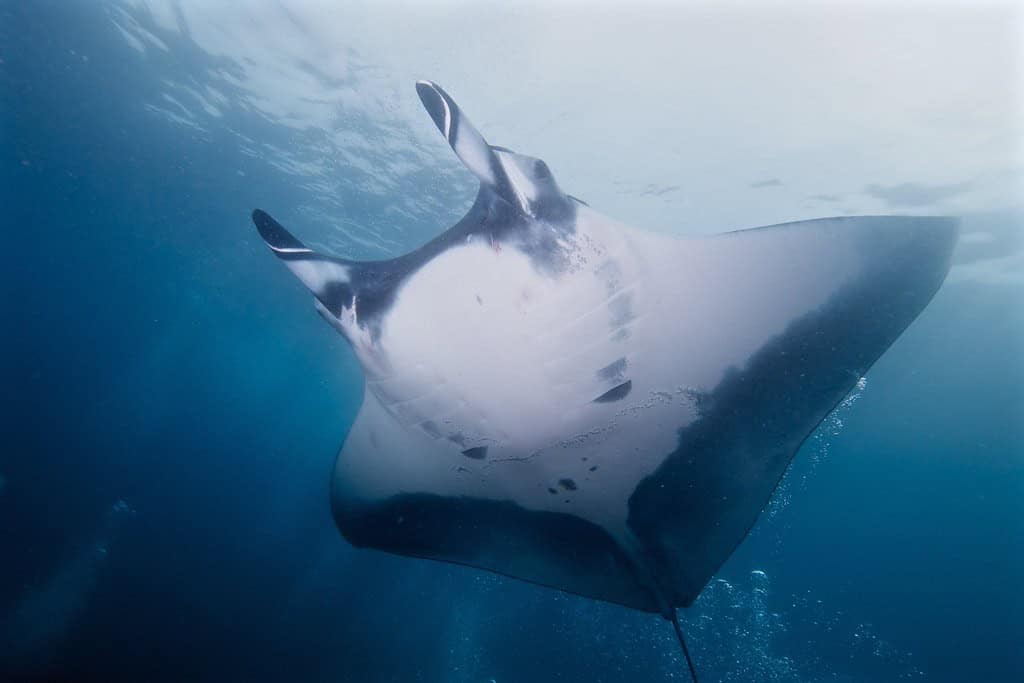
Giant manta rays, with wingspans reaching up to 20 feet, have been spotted with surprising regularity in New York’s offshore waters. These gentle giants filter-feed on plankton and small fish in areas where warm Gulf Stream waters meet colder northern currents. The mixing of these water masses creates ideal feeding conditions for these massive rays.
Local dive operators and fishing charter captains report encounters with manta rays that seem to be becoming more common each year. The rays often approach boats and divers with apparent curiosity, creating unforgettable wildlife experiences just miles from one of the world’s largest cities. These encounters represent some of the northernmost manta ray sightings on record for the Atlantic Coast.
Dolphins Thriving in New York Harbor
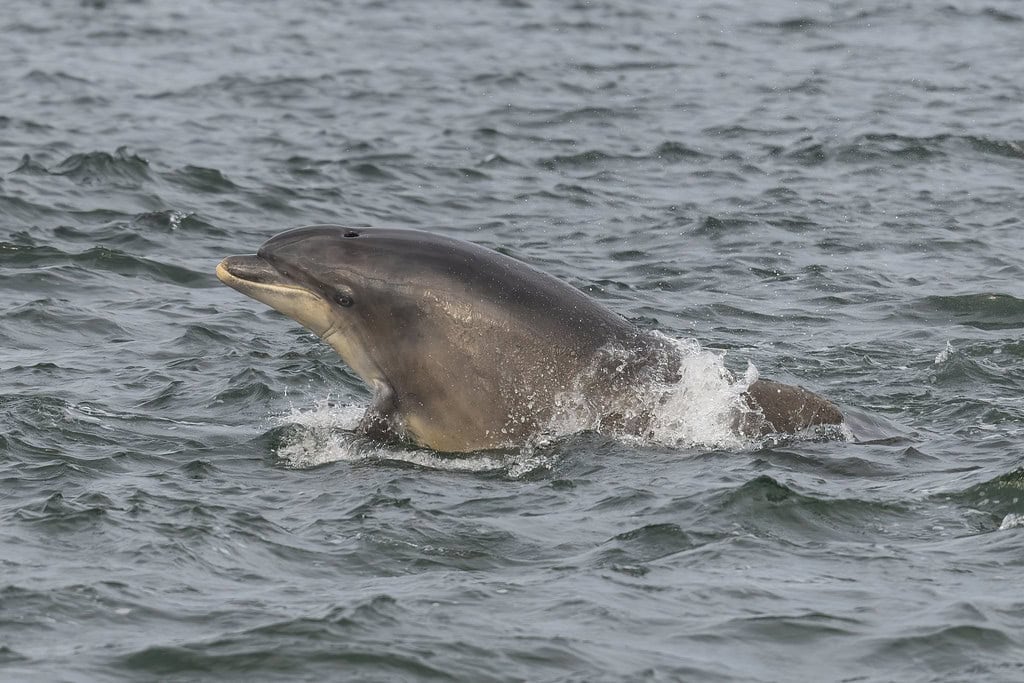
Bottlenose dolphins have established year-round populations in New York Harbor, adapting remarkably well to the urban marine environment. These intelligent marine mammals hunt for fish around piers, bridges, and even ferry terminals, often entertaining surprised commuters with their acrobatic displays. The harbor’s improving water quality has supported growing fish populations that sustain the dolphins.
Research has revealed that New York Harbor dolphins display unique behavioral adaptations to city life, including modified hunting strategies and communication patterns. Some dolphins have learned to follow fishing boats and capitalize on discarded bycatch, while others coordinate hunts around artificial structures like bridge pilings and breakwaters.
Cold-Water Coral Gardens
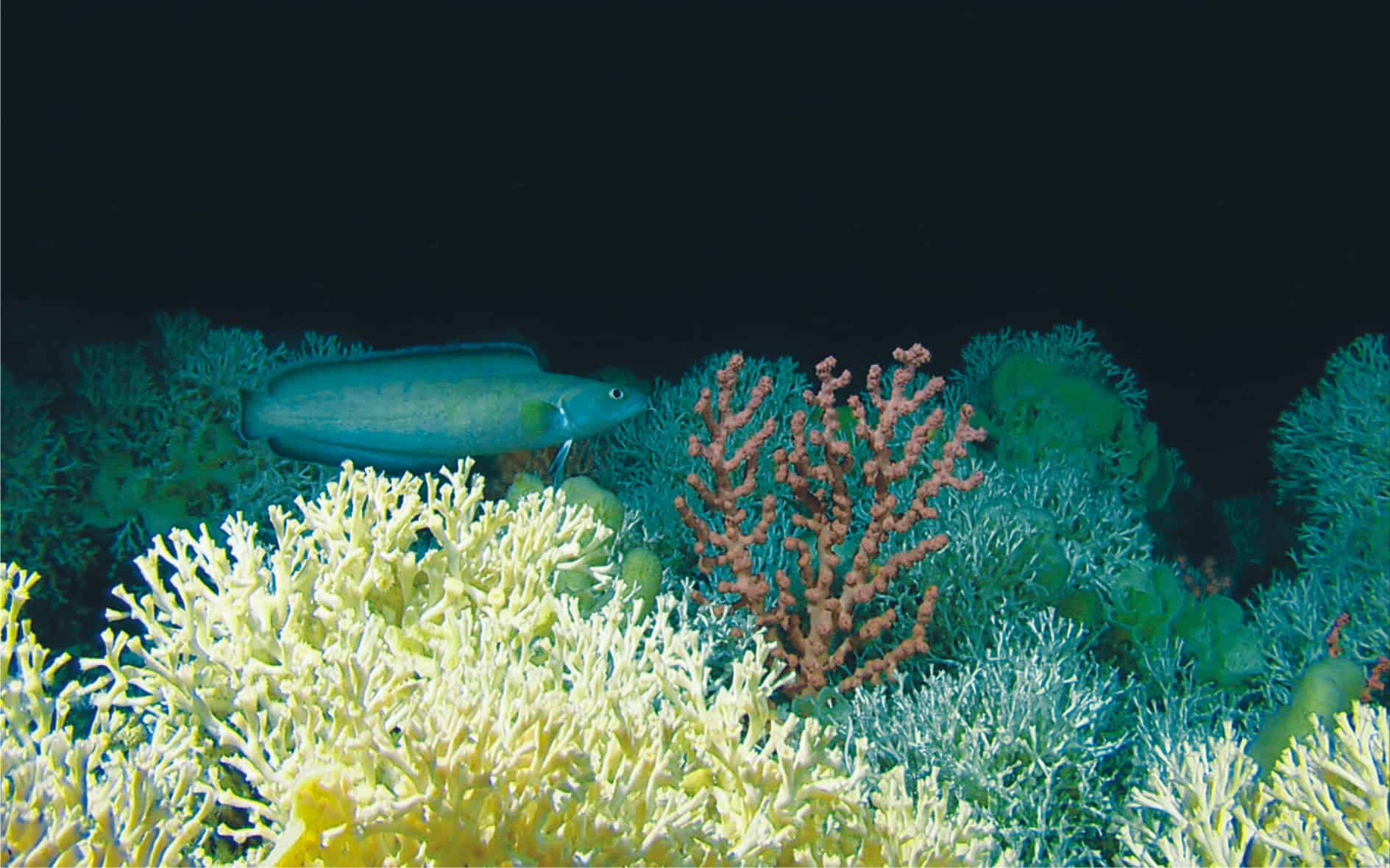
Deep-water coral reefs off New York’s coast support incredibly diverse marine communities that rival their tropical counterparts in complexity. These cold-water corals, including species like Lophelia pertusa, create three-dimensional habitat structures that support hundreds of fish and invertebrate species. The coral gardens extend along the continental shelf edge at depths of 200 to 1,000 feet.
Recent submersible surveys have revealed coral formations that are thousands of years old, creating underwater landscapes of stunning beauty. These deep-sea reefs serve as nursery areas for commercially important fish species and provide critical habitat for deep-water species rarely seen by humans. The discovery of these coral gardens has led to new marine protected area designations to preserve these fragile ecosystems.
Giant Squid Territory

The deep waters off New York’s continental shelf serve as habitat for giant squid, the legendary deep-sea creatures that can grow to lengths of 40 feet or more. While rarely seen alive, evidence of giant squid presence includes beak remains found in sperm whale stomachs and occasional carcasses that wash ashore. These mysterious cephalopods inhabit the deep ocean trenches and submarine canyons that cut into the continental shelf.
Sperm whales, the giant squid’s primary predator, are regularly spotted in New York’s offshore waters, particularly around underwater canyon systems. The presence of these deep-diving whales provides indirect evidence of a thriving giant squid population in the region’s deepest waters. Advanced underwater cameras and research submersibles continue to search for live giant squid encounters in these productive hunting grounds.
Harbor Seals Making a Comeback

Harbor seals have made a remarkable recovery in New York waters after being nearly eliminated by hunting and pollution in the early 20th century. These charismatic marine mammals now number in the thousands and can be regularly observed hauled out on beaches, docks, and rocky outcrops throughout the region. The seals’ return has created new wildlife viewing opportunities for New Yorkers and visitors.
The growing seal population has also attracted their primary predator, great white sharks, creating a complete marine ecosystem recovery. Pupping areas have been established in protected locations, and researchers track individual seals to better understand their movements and habitat preferences. The success of harbor seal recovery demonstrates the resilience of marine ecosystems when given protection and improved water quality.
Rare Deep-Sea Fish Species
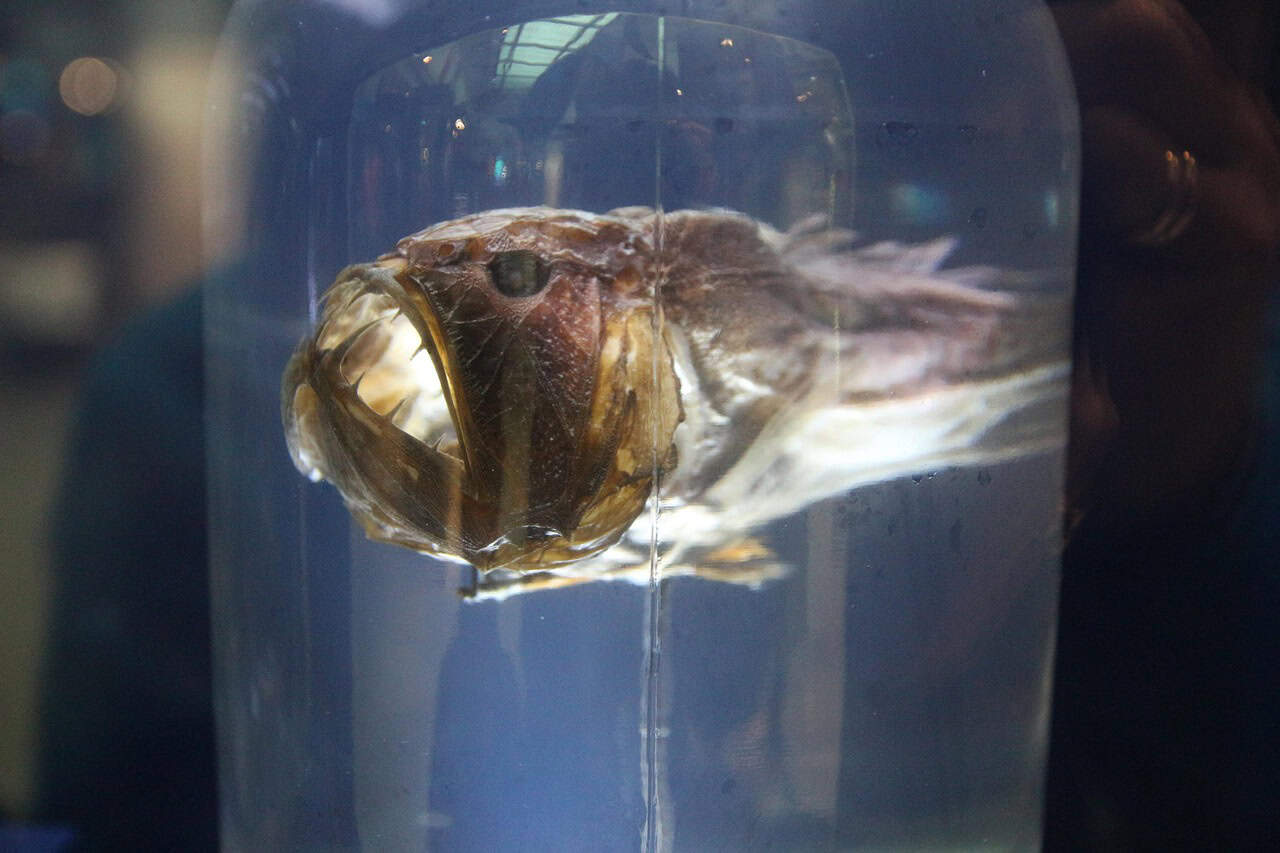
The deep waters off New York’s coast harbor numerous rare and unusual fish species that are seldom seen by researchers. Lanternfish, with their bioluminescent organs, migrate vertically through the water column each night in massive numbers. These small deep-sea fish support entire food webs and represent one of the largest biomass concentrations in the ocean.
Other bizarre deep-sea species occasionally encountered include anglerfish, gulper eels, and various species of deep-sea skates and rays. Commercial fishing operations sometimes bring up these unusual creatures as bycatch, providing scientists with rare opportunities to study species that typically inhabit depths of 1,000 feet or more. The diversity of deep-sea fish in New York waters rivals that found in any ocean region worldwide.
Horseshoe Crabs and Ancient Ecosystems

Horseshoe crabs, often called “living fossils,” have remained virtually unchanged for over 400 million years and continue to thrive in New York’s shallow coastal waters. These arthropods, more closely related to spiders than crabs, play crucial ecological roles as both predators and prey in marine food webs. Their spawning aggregations on beaches create spectacular wildlife viewing opportunities during spring tides.
The horseshoe crab’s blue blood contains unique compounds that are essential for medical testing, making these creatures valuable for both ecological and human health reasons. Delaware Bay, just south of New York, hosts the world’s largest horseshoe crab spawning aggregation, and many of these ancient creatures migrate through New York waters during their life cycles.
Unexpected Jellyfish Blooms
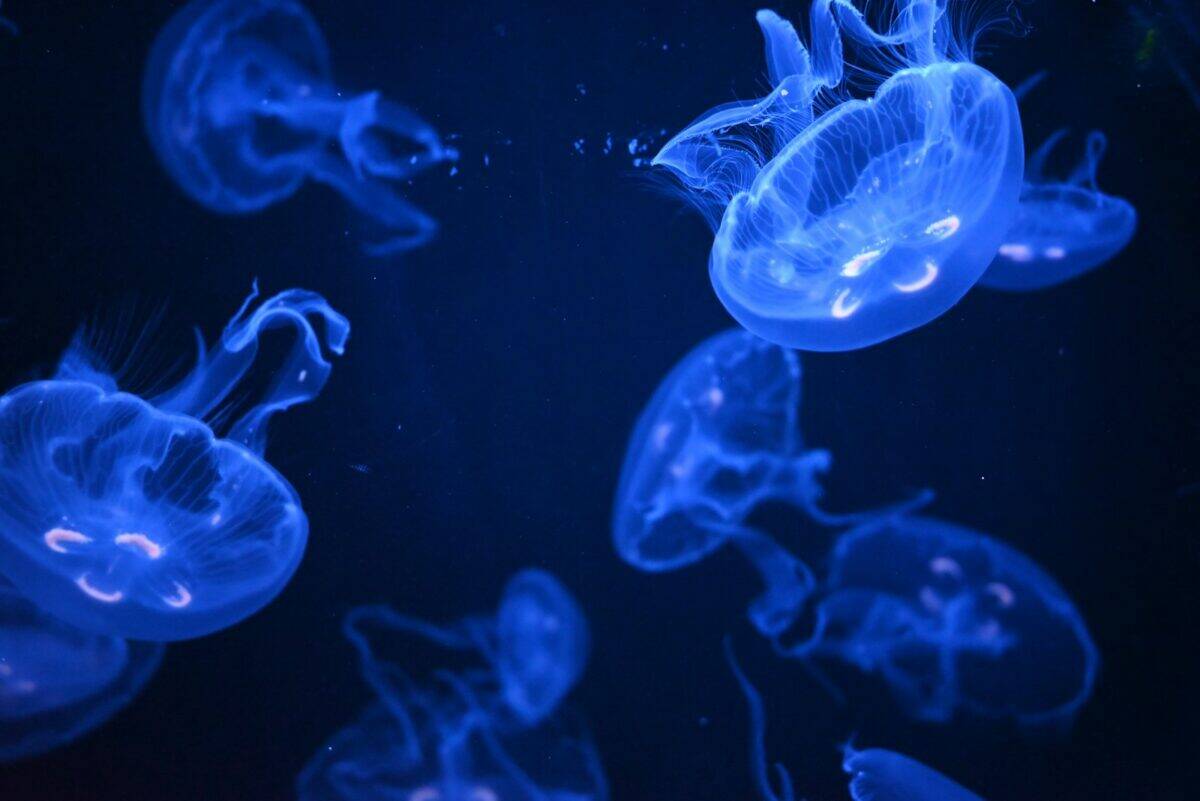
New York’s waters experience spectacular jellyfish blooms that can stretch for miles and contain millions of individual animals. Moon jellies, with their translucent bells and delicate tentacles, create ethereal underwater landscapes during peak bloom periods. These massive jellyfish aggregations support entire ecosystems, providing food for sea turtles, fish, and other marine life.
Climate change and nutrient pollution have contributed to larger and more frequent jellyfish blooms in recent years. Some blooms have been so massive that they’ve clogged power plant intake pipes and created navigational hazards for small boats. Despite their nuisance potential, these jellyfish blooms demonstrate the incredible productivity of New York’s marine environment.
Migrating Seabirds in Massive Numbers
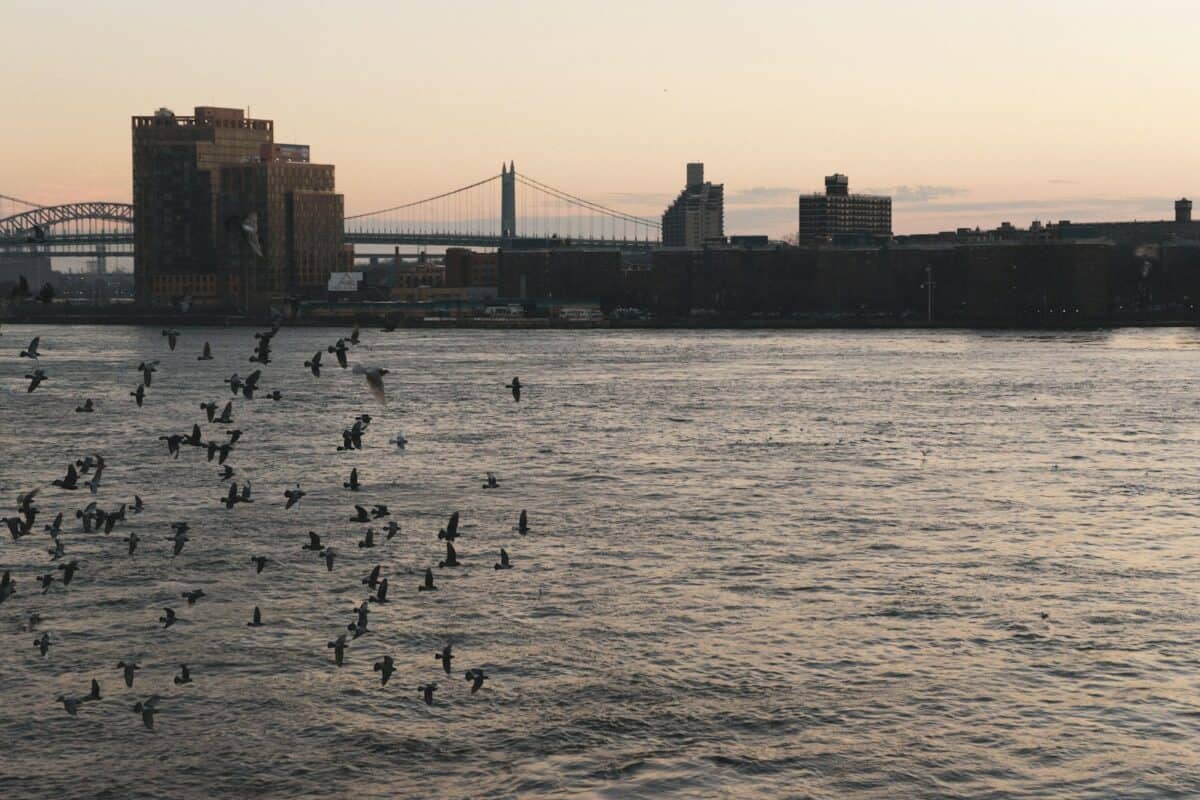
The waters off New York serve as critical stopover and wintering areas for millions of seabirds from across the Atlantic. Gannets, with their six-foot wingspans, dive-bomb schools of fish in spectacular feeding displays that can be observed from shore. These large seabirds migrate from breeding colonies as far north as eastern Canada to spend winter months in New York’s fish-rich waters.
Pelagic species like storm petrels and shearwaters can be observed during specialized birding trips to offshore waters. The convergence of warm and cold water masses creates ideal conditions for the marine organisms that support these seabird populations. Some species, like the endangered roseate tern, depend on New York’s waters for critical portions of their life cycles.
Lobsters Expanding Their Range

American lobsters have expanded their range southward into New York waters as ocean temperatures have warmed, creating new fishing opportunities and ecological interactions. These large crustaceans, capable of living for over 100 years, have established populations in rocky areas and artificial reefs throughout the region. The lobster expansion has created conflicts with existing crab fisheries and changed the dynamics of benthic communities.
Some lobsters caught in New York waters have reached impressive sizes, with specimens weighing over 20 pounds occasionally hauled up in traps. The presence of lobsters has also attracted new predators and created complex ecological relationships with other bottom-dwelling species. Commercial lobster fishing operations have begun targeting New York waters with increasing success as populations continue to expand.
Rare Marine Mammals
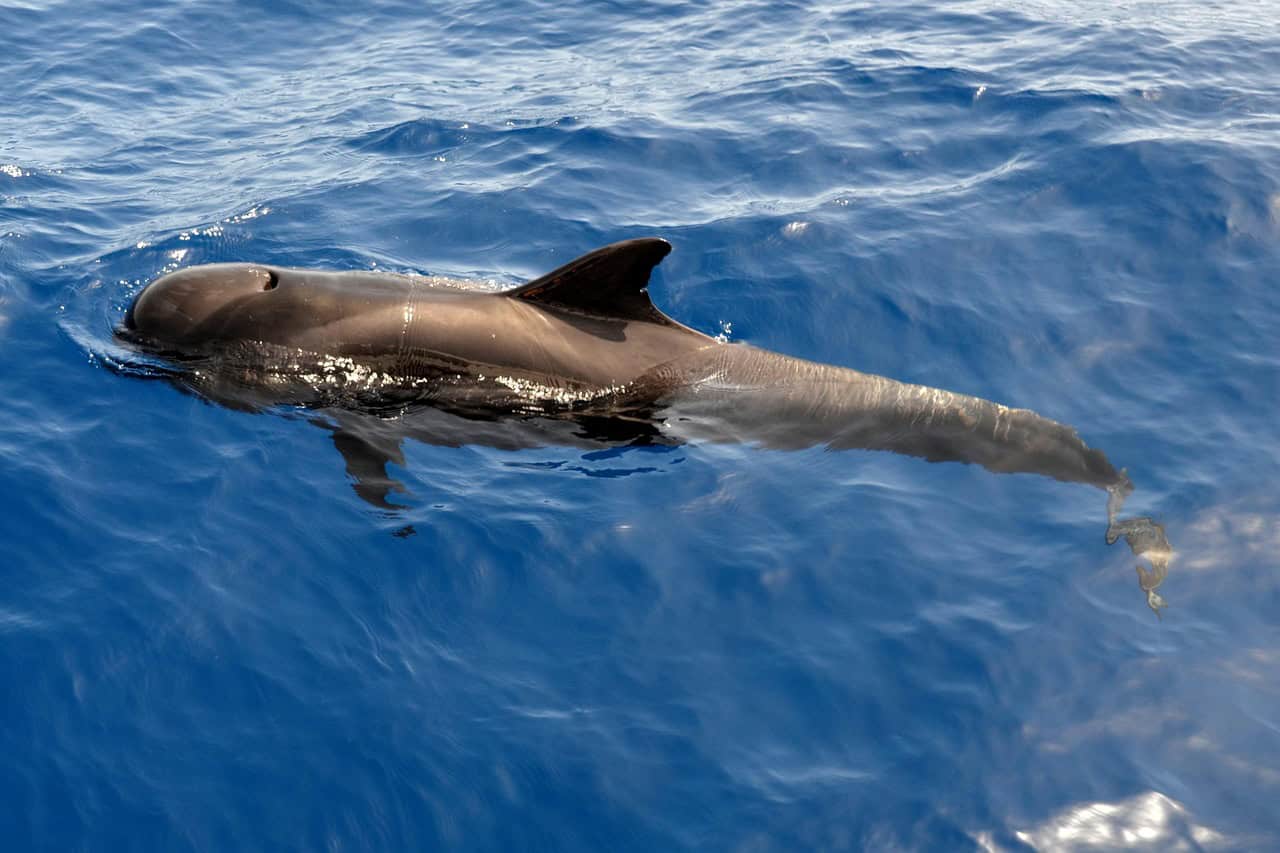
New York’s waters occasionally host rare marine mammal species that are far from their typical ranges. Pilot whales, typically found in deeper offshore waters, sometimes strand themselves on Long Island beaches in mass stranding events. These highly social animals travel in tight-knit family groups and can become disoriented in shallow coastal waters.
Even more unusual are occasional sightings of Arctic species like beluga whales and narwhals, which may have strayed far from their normal northern ranges. These rare encounters provide valuable scientific opportunities to study species that are typically difficult to observe in their remote Arctic habitats. Each unusual sighting contributes to our understanding of marine mammal distribution and behavior patterns.
Invasive Species Transformations

The introduction of invasive species has dramatically transformed New York’s marine ecosystems, creating both challenges and unexpected opportunities for native wildlife. European green crabs have established massive populations in Long Island Sound, altering food webs and competing with native species for resources. These aggressive crabs have decimated some native shellfish populations while creating new prey opportunities for fish and birds.
Asian shore crabs have also colonized New York’s rocky shores, sometimes reaching densities of over 100 individuals per square meter. While these invasions represent ecological disruptions, they also demonstrate the dynamic nature of marine ecosystems and the incredible adaptability of marine life. Some native species have learned to exploit these new food sources, creating unexpected evolutionary pressures and ecological relationships.
Ancient Shipwrecks as Artificial Reefs
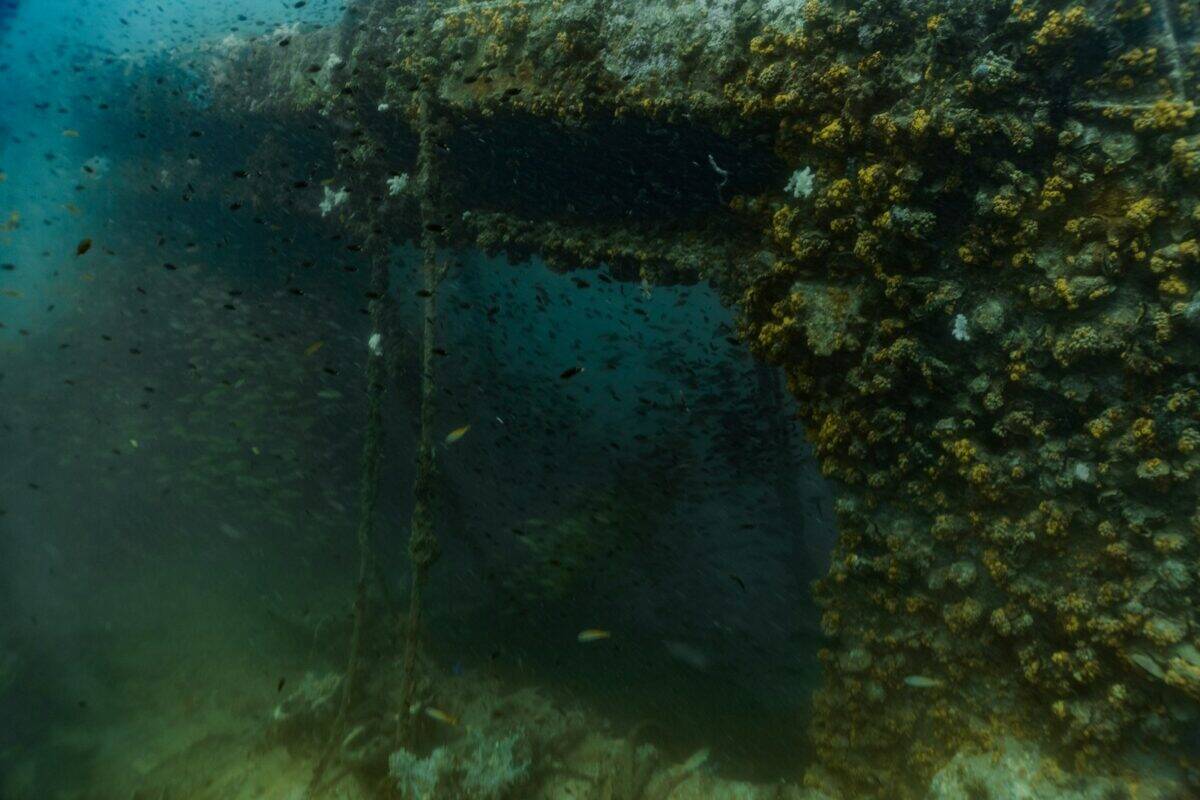
The seafloor off New York’s coast is littered with hundreds of shipwrecks that have been transformed into thriving artificial reef ecosystems. These underwater time capsules, ranging from colonial-era vessels to modern cargo ships, provide hard substrate for coral and sponge growth in otherwise sandy environments. The three-dimensional structure of shipwrecks creates complex habitat niches that support diverse marine communities.
Some wrecks have become so encrusted with marine life that they’re barely recognizable as human-made structures. Fish populations around these artificial reefs can be 100 times more abundant than in surrounding sandy areas. The wrecks serve as stepping stones for marine life migration and provide critical habitat for species that require hard surfaces for attachment or shelter.
Seasonal Plankton Explosions
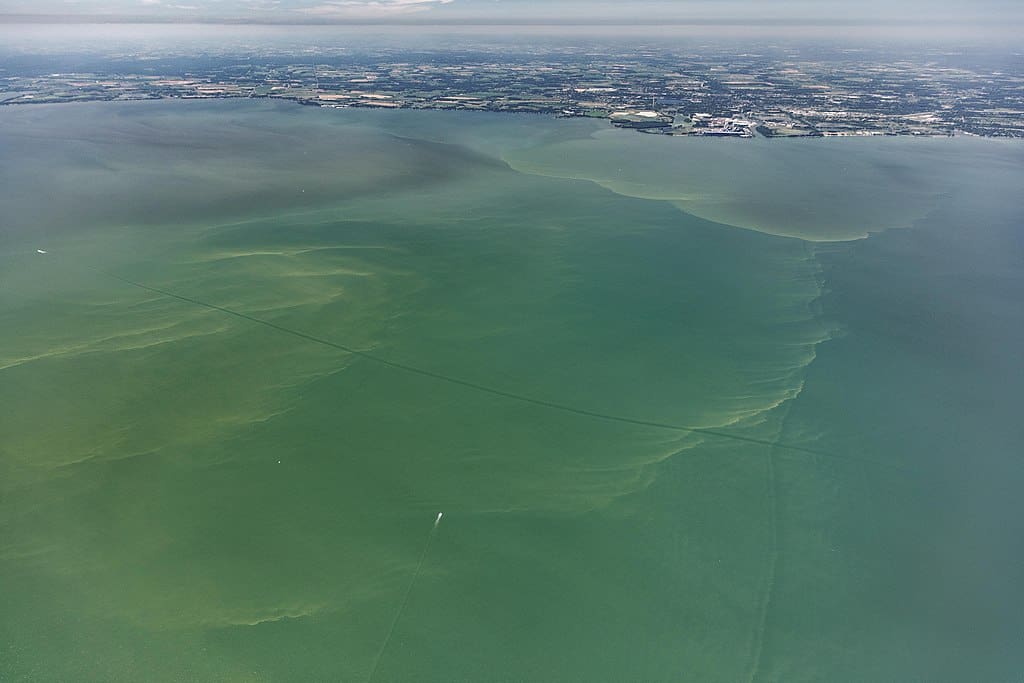
The waters off New York experience dramatic seasonal plankton blooms that support the entire marine food web and create spectacular underwater displays. During spring blooms, microscopic phytoplankton can be so abundant that they color the water green or brown and can be seen from space in satellite images. These tiny organisms form the base of marine food webs and support everything from small fish to massive whales.
Zooplankton blooms follow the phytoplankton explosions, creating clouds of tiny animals that attract fish, seabirds, and marine mammals from vast distances. The timing and intensity of these blooms have shifted with climate change, affecting the entire marine ecosystem. Some years produce plankton blooms so intense that they create temporary dead zones when the organisms decompose and consume available oxygen.
Conclusion

Just beyond the busy harbors and bustling coastlines of New York lies one of the most unexpectedly vibrant marine ecosystems on the Eastern Seaboard. From prehistoric horseshoe crabs to breaching whales, and from tropical fish riding the Gulf Stream to Arctic wanderers straying south, these waters are home to an astonishing variety of life—much of it hidden in plain sight. For a region so close to one of the world’s largest cities, the biodiversity thriving offshore continues to amaze scientists and nature lovers alike.
Thanks to a combination of cleaner water, proactive conservation, and shifting ocean conditions, New York’s coastal habitats are experiencing a dramatic revival. As marine species return and new ones appear, this urban ocean proves that with the right protection, even heavily developed regions can foster incredible ecological richness. So the next time you find yourself near the shoreline, take a closer look. Beneath the waves, a wild and wondrous world awaits. What might you see on your next visit?
- This Bat Colony Is the Largest Mammal Gathering in North America - August 7, 2025
- These Giant Jellyfish Keep Washing Up on U.S. Beaches - August 7, 2025
- This Animal Sleeps with One Eye Open — Literally - August 7, 2025

